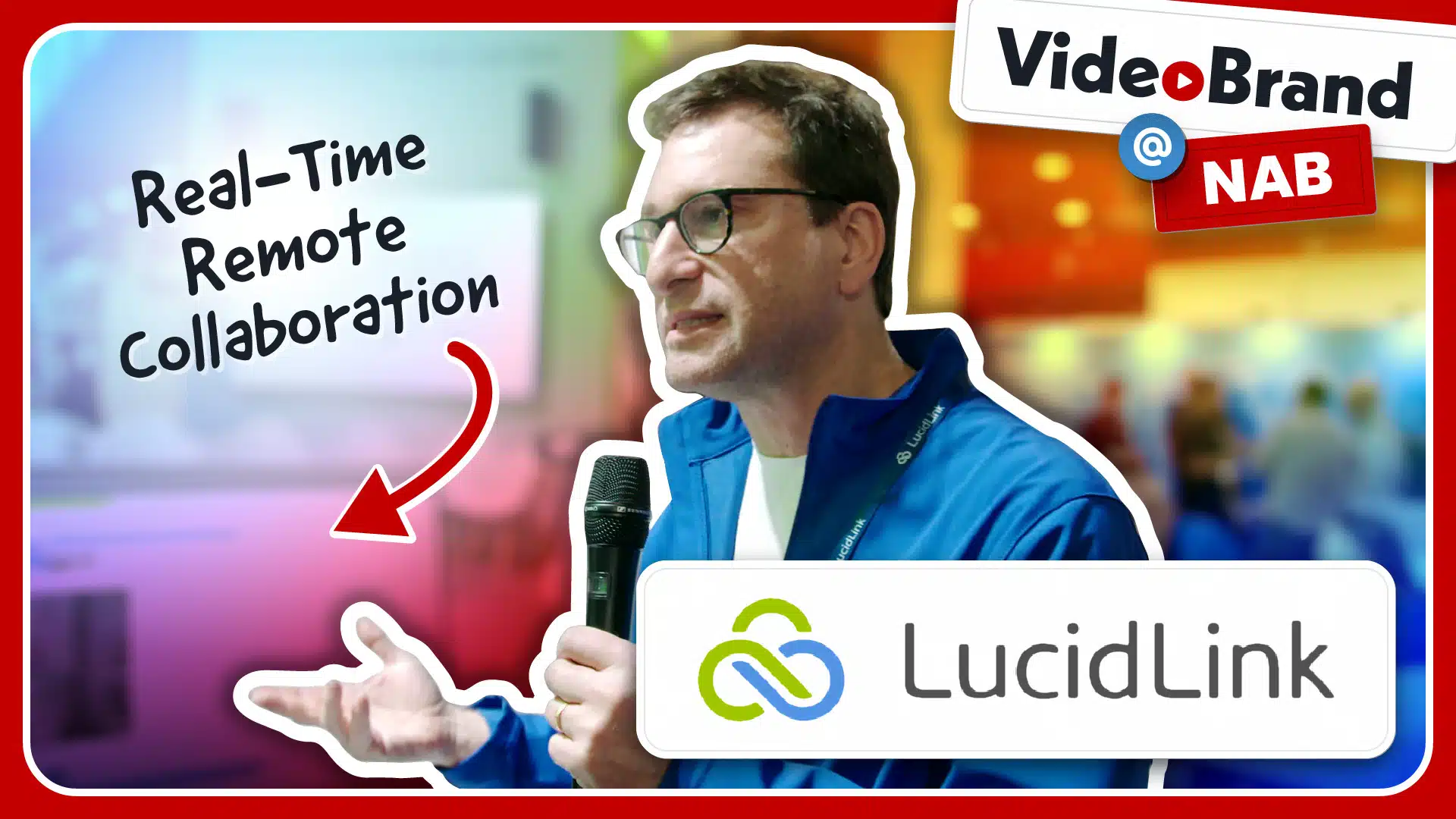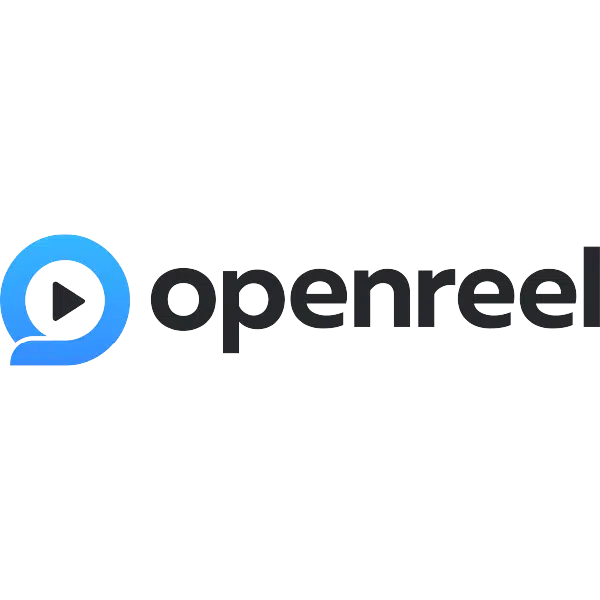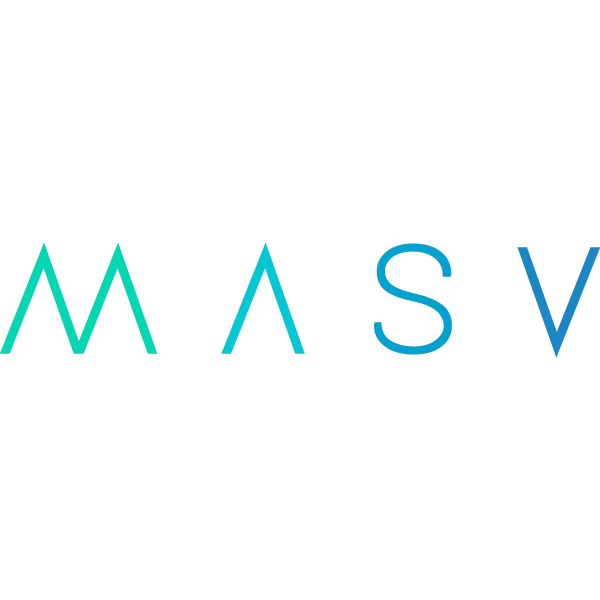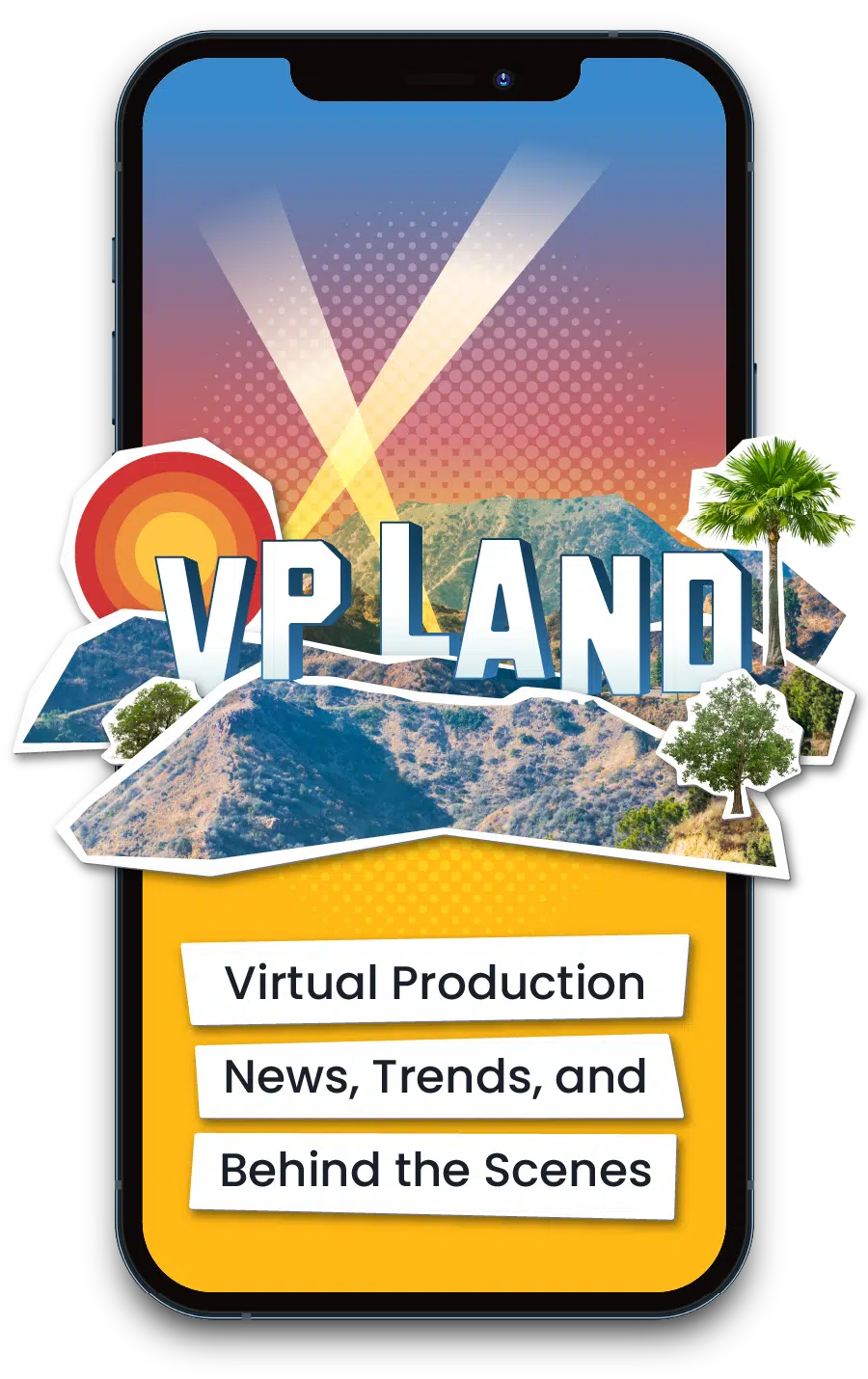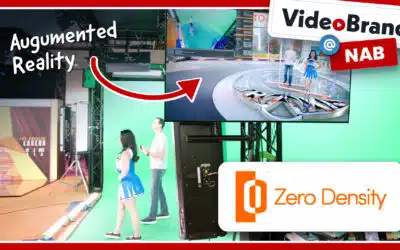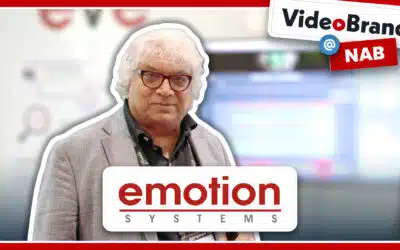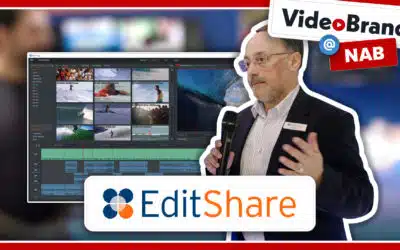LucidLink is a cloud-based file storage solution that offers real-time collaboration, known and familiar workflows with any creative tool, over distance. In this video, we explore how virtual hard drives and remote collaboration are made effortless with LucidLink. Traditional workflows require data to be transferred from points A to B, which can be expensive and time-consuming. LucidLink offers the infinite scalability, resiliency, and performance of the cloud, but presents itself as a regular hard drive at the operating system level, minimizing disruptions.
The LucidLink file space appears as a regular hard drive, so users can browse content without the need to download or sync. The platform is designed to provide only the minimum necessary to get real-time performance in the front-end tool without requiring human intervention to download the whole file from start to finish. LucidLink slices data into tiny fragments, enabling users to access only the necessary fragments as requested by the front-end application. This technology is different from other companies that require downloading an entire file to view the content.
LucidLink offers two caching technologies: caching on the fly or pinning. Caching on the fly is used when bandwidth is adequate. However, if the bandwidth is insufficient, the pinning technology can be used to cache the entire file to localized SSD or NVMe storage. This process is fundamentally different from conventional downloads because it doesn’t break the collaborative workflow. Changes made to files, while pinned, are visible to collaborators in realtime, and access can be taken away once the project concludes.
LucidLink supports all three operating systems: Mac, PC, and Linux.

